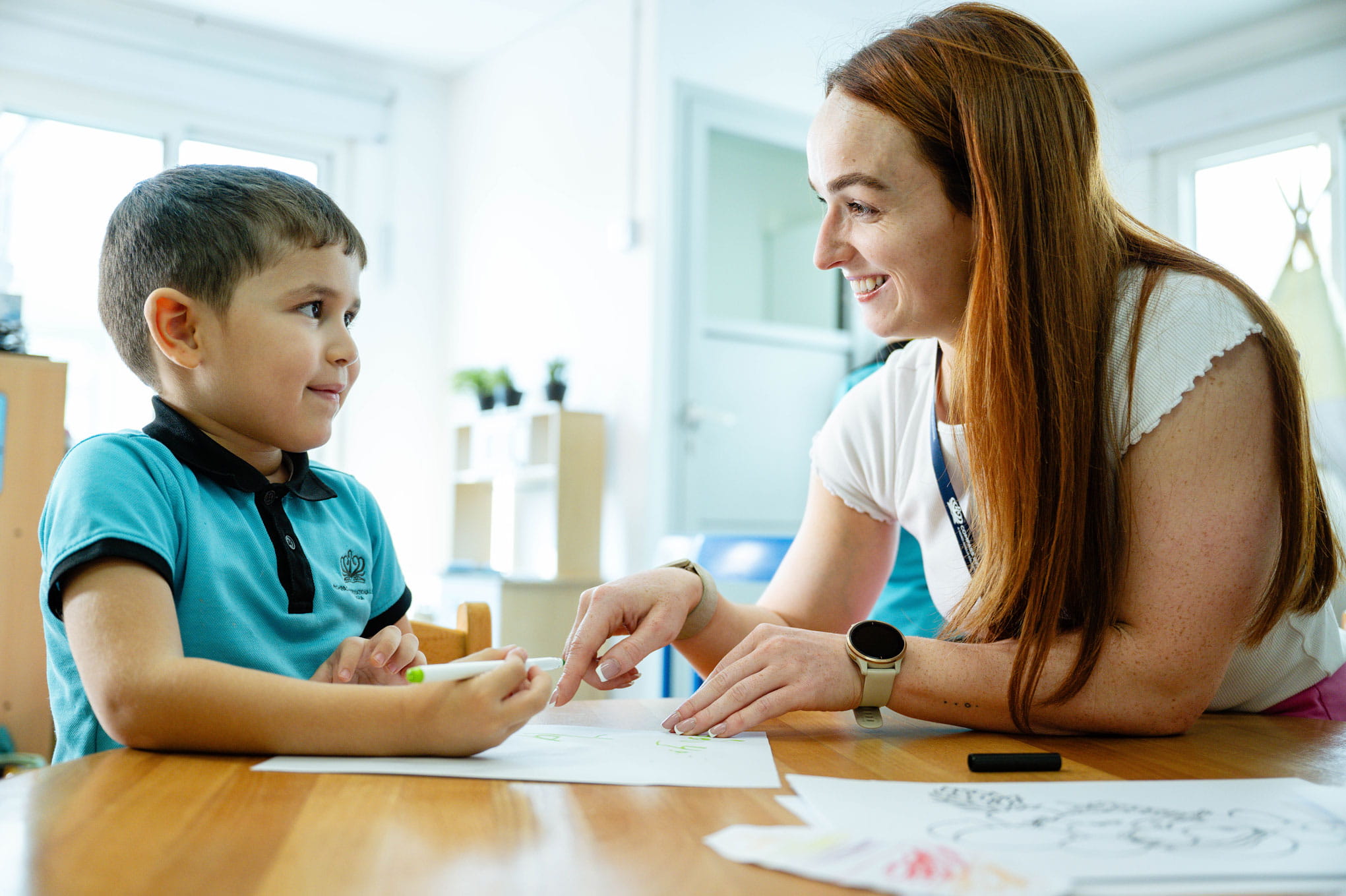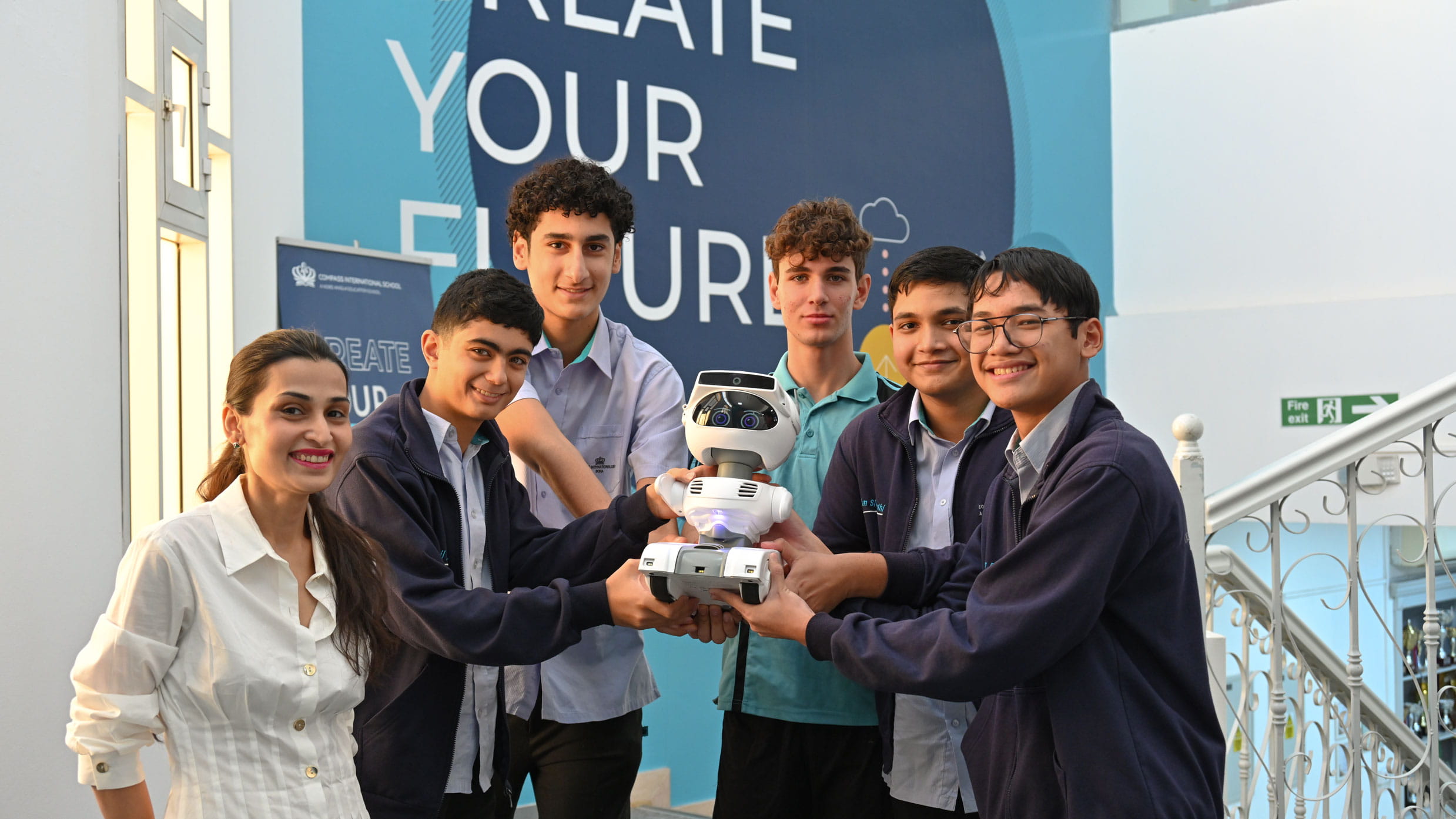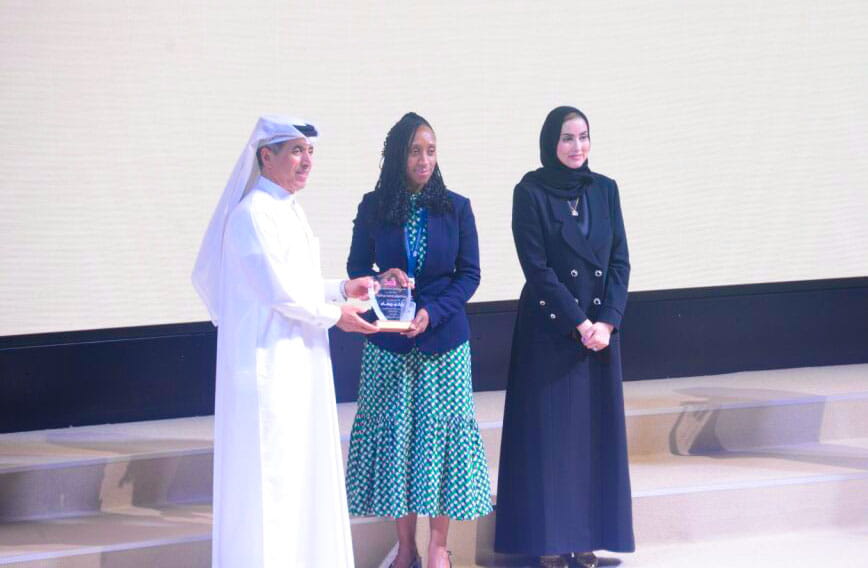Overview
- Compass International School prioritises inclusion, using technology to support students with Special Educational Needs (SEN).
- Students respond positively to Misty’s controlled, non-judgmental interactions, showing better learning outcomes.
- Case studies highlight significant progress in communication and engagement for special education students.
- The school embraces a personalised, tech-driven approach to foster an inclusive learning environment.
What does inclusion really mean?
We often talk about inclusion, which has recently become a hot topic, but what do we know about inclusion? Are we trained enough? Is there enough data available? Are we ready to face the challenges that inclusion brings?
Are we prepared for the challenges of inclusion?
The reality is, we may never feel completely ready, but that doesn't mean we aren't prepared to take on the challenge. There will always be more research, more data, and newer technology that can help us support our students. So, what can we do? Focus on training, preparedness, and being ready to assist those in need. We need to be a bit more ready today than yesterday, to be more accepting, more understanding, more adaptable, and more inclusive.
Leading with Inclusion at Compass International School
I am Anzish Iqbal, the Head of Special Education Needs at Compass International School, Madinat Khalifa. This year, we're ready to lead with inclusion, powered by innovative and accessible technology. We’re continuously evolving to create an innovative learning environment that supports students with special education needs. Our team is dedicated to understanding and adapting to each student’s unique needs and learning preferences, while remaining committed to persistent growth and improvement in this area.
How Misty the Robot enhances learning for students with dyslexia
Last year, we brought in our special friend Misty, a lovable robot that helps students learn through hands-on activities. Students with dyslexia, who struggle with reading fluency and comprehension, suddenly find themselves enjoying reading short passages. Misty would slowly read one paragraph, encourage the student to read the next, and ask questions in between to ensure engagement. In situations where students had trouble reading even a few words, Misty assisted throughout the entire lesson, reading the passage and asking questions. We found that our students gave more accurate answers by interacting with our robotic friend! Additionally, students experienced fewer distractions because they found Misty’s controlled responses less overwhelming. In just one day, these students became more proactive learners.

Supporting students with autism spectrum disorder - Misty's Impact
We’ve done similar exercises with our students diagnosed with Autism Spectrum Disorder (ASD). The results have been very encouraging. Students on the spectrum were more focused and maintained better eye contact with Misty. By gathering data from schools where Misty has been used, we observed similar positive responses. Misty was used in a similar setting at Soaring Heights School, where specialists reported that students, who typically remained in the limbic system of their brain, shifted into the neocortex—the part of the brain linked to thinking and planning. At Longmont Estates Elementary School, one non-verbal student who interacted with Misty said his first complete sentence.
What can a 14-Inch robot teach us about learning and inclusion?
During lesson observations, we saw increased engagement levels in students. Those who felt judged and overwhelmed in class found a safe space with Misty. Who knew that a 14-inch tall robot could provide the clarity that humans sometimes struggle to offer? Misty has proven to be an invaluable tool for helping students overcome feelings of being overwhelmed or judged.
Case Studies: Misty’s role in promoting engagement and well-being
In a study conducted at Cambridge University, participants working with Misty found that robots can be used to promote well-being. This is fantastic news for anyone working with or living with children who have additional learning needs.
Why technology is the future of inclusive education
Seeing children enthusiastically work with Misty has been the greatest joy of my career. There are no words that can truly express what I feel when Misty, the children, and I work together to achieve our small but powerful daily goals. This robot has been the missing link, creating an environment free of judgment and the unpredictability of human interactions. Through Misty, children now learn more effectively and feel heard.
Introducing M.I.S.T.Y. (Motivational Interactive Support Tool for Youth)
At Compass International School, part of Nord Anglia Education, we welcome technology and everyone looking for a bespoke, inclusive British education. Are you a parent seeking a safe, inclusive, and innovative place for your child? If so, let me formally introduce M.I.S.T.Y.—the Motivational Interactive Support Tool for Youth.Resources:
(Journal of Research on Technology in Education)
https://www.cam.ac.uk/research/news/robots-can-help-improve-mental-wellbeing-at-work-as-long-as-they-look-right
Case study by St. Vrain Valley Schools
Anzish Iqbal
Head of Special Education Needs – Madinat Khalifa








